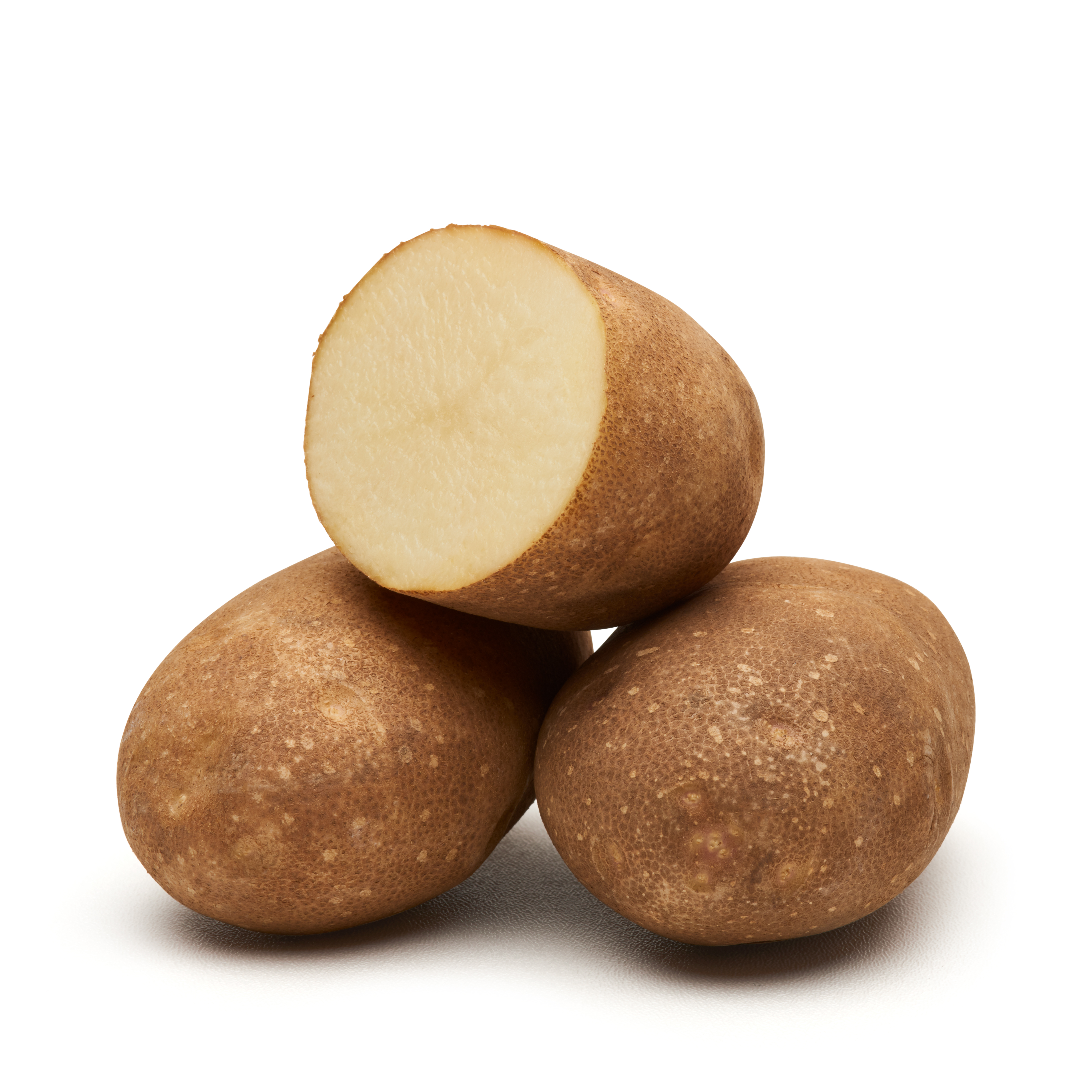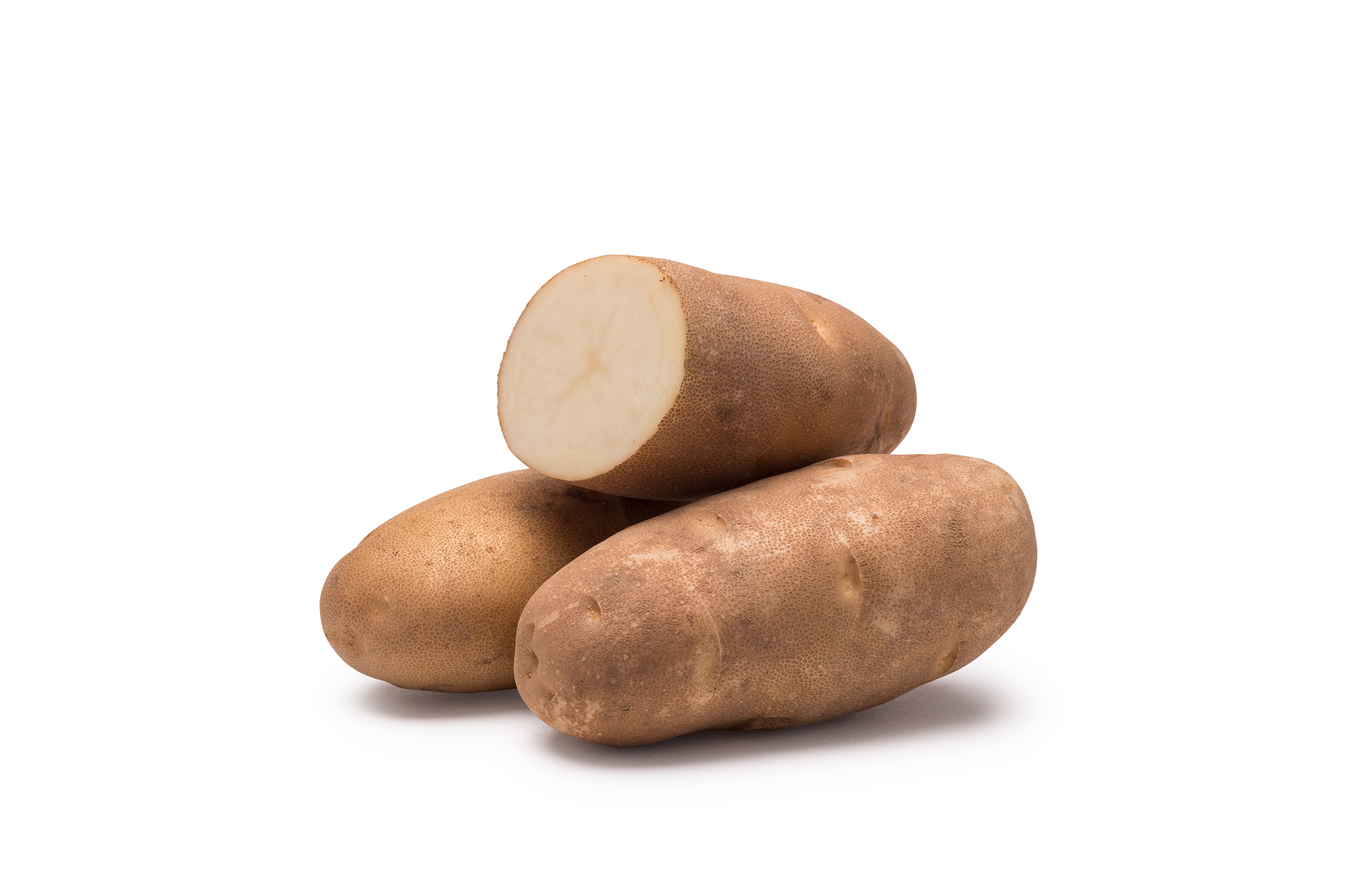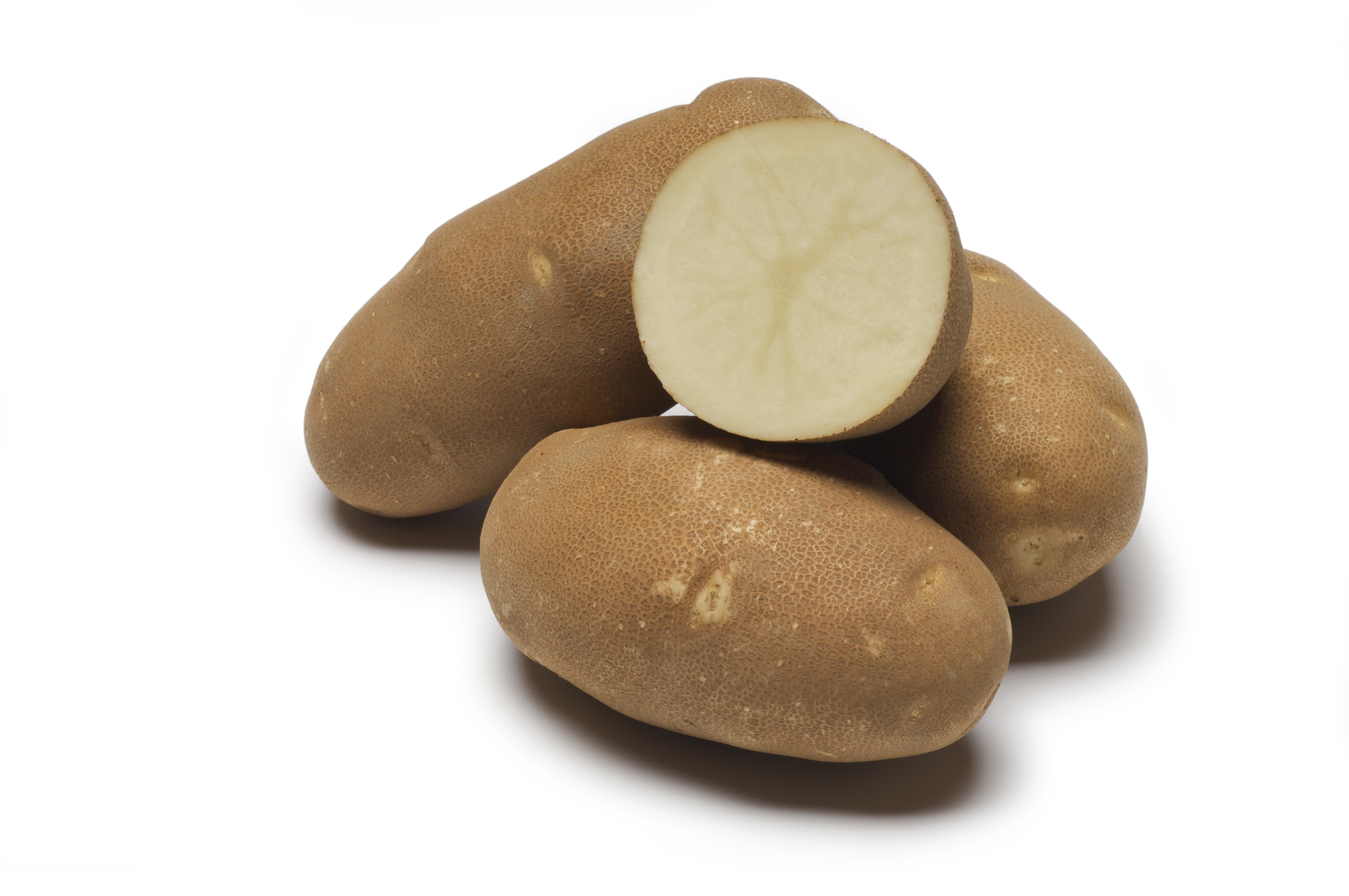Throughout 2021, as part of Potato Grower’s celebration of our 50th year in publication, we will be honoring in our pages and on our website 50 of the potato industry’s most innovative and influential individuals, companies and organizations over the past half-century. This “50 for 50” series will include researchers, salesmen, packers, processors and, of course, plenty of potato growers. A lot of them will be names you’ve heard before. To some, you’ll get a fresh introduction. Regardless, each has had an outsize impact on the U.S. potato industry, and each deserves our thanks and recognition. This article appears in the February 2021 issue of Potato Grower.
Potato Variety Management Institute
In 1949, in a nod to the Pacific Northwest’s prolific potato production capabilities, the USDA established a potato research breeding program at its research station in Aberdeen, Idaho. While it had been Idaho which initially went to the USDA with the idea of a potato breeding program, from the onset the program was intended to serve the industry throughout Idaho, Oregon and Washington.
Today the Tri-State Potato Research and Breeding Program is a thriving collaboration of the USDA-ARS of the three states, the University of Idaho, Oregon State University, Washington State University, and each state’s respective potato commission. In 1984 the USDA began allowing potatoes to be variety-protected, eventually leading to the Tri-State Program, particularly the involved potato commissions, founding the Potato Variety Management Institute (PVMI) in 2005.
PVMI’s primary mission is to promote new varieties of potatoes in Idaho, Oregon and Washington, as well as further afield. This includes everything from the administration of licenses and royalty fees to promotion, marketing and creating opportunities for increased variety utilization and commercialization.
When developing new varieties, the Tri-State Breeding Program selects lines that will do well under Pacific Northwest conditions. Good examples of the broader success of the program include Ranger Russet and Umatilla Russet, which are widely grown. However, PVMI doesn’t focus marketing solely on the Pacific Northwest; the program doesn’t discriminate as to where its varieties will likely be grown. PVMI varieties can be seen growing in fields from California to Prince Edward Island. PVMI works hard to keep royalties affordable, no matter where the seed is being grown and where they’re being paid from.
The breeding program works to develop varieties for the fresh, chipping, dehy and specialty markets. Varieties that PVMI markets for the Tri-State Program include such well-known names as Alturas, Classic Russet and Yukon Gem, as well as rising stars such as Clearwater Russet, Teton Russet and Huckleberry Gold.
One of the initial responsibilities of PVMI is to help improve communications up and down the supply chain—from plant breeders and other researchers, to seed and commercial growers, to end users. Executive director Jeanne Debons says PVMI seeks out opportunities to expedite use and commercialization of different varieties by utilizing improved market research and feedback to help clarify criteria and to find niche markets for varieties that may have been discarded at an early stage.
Since its inception, PVMI has worked tirelessly to establish trust and working relationships within the industry, and to increase communication among all industry players.


.jpg)
